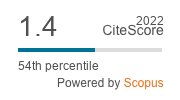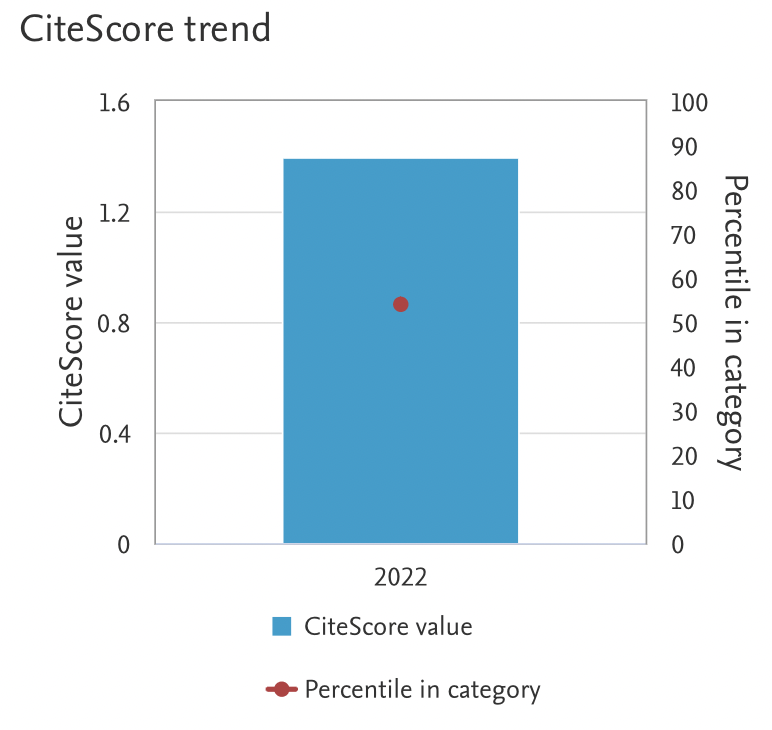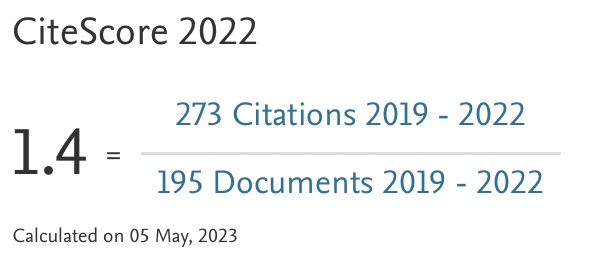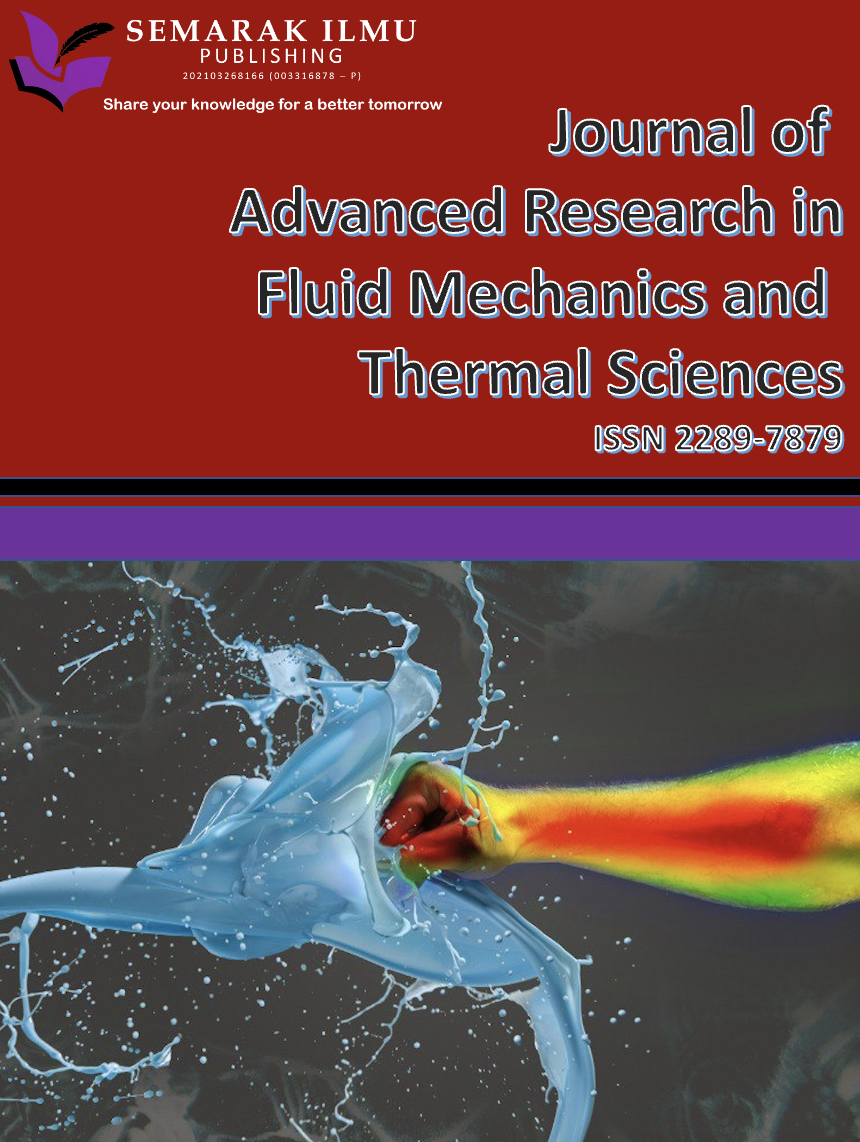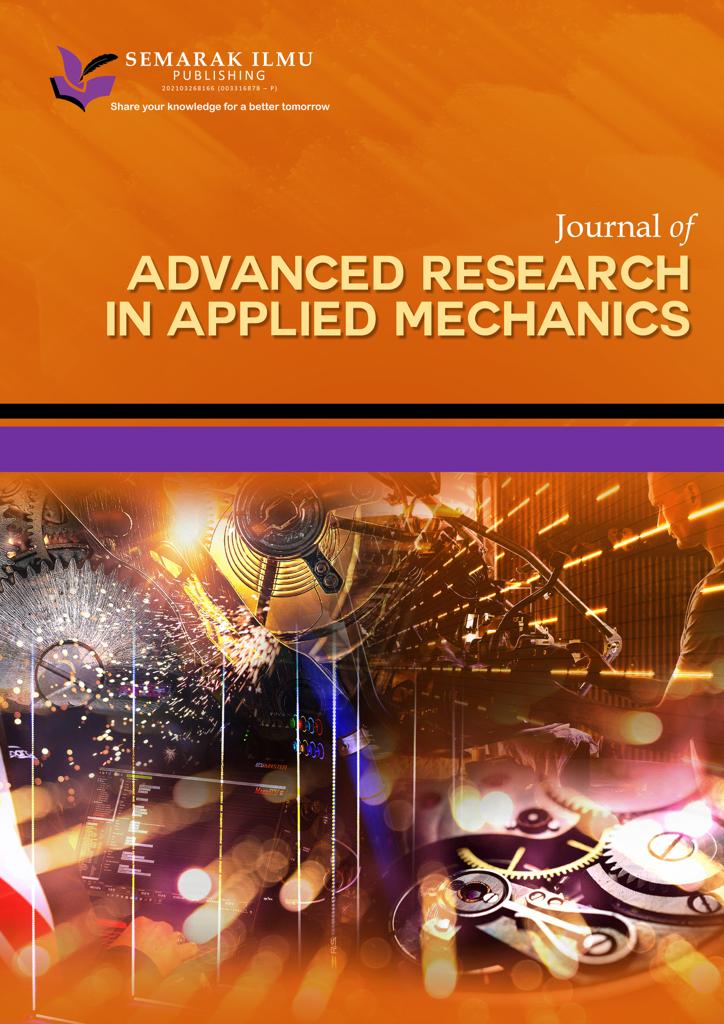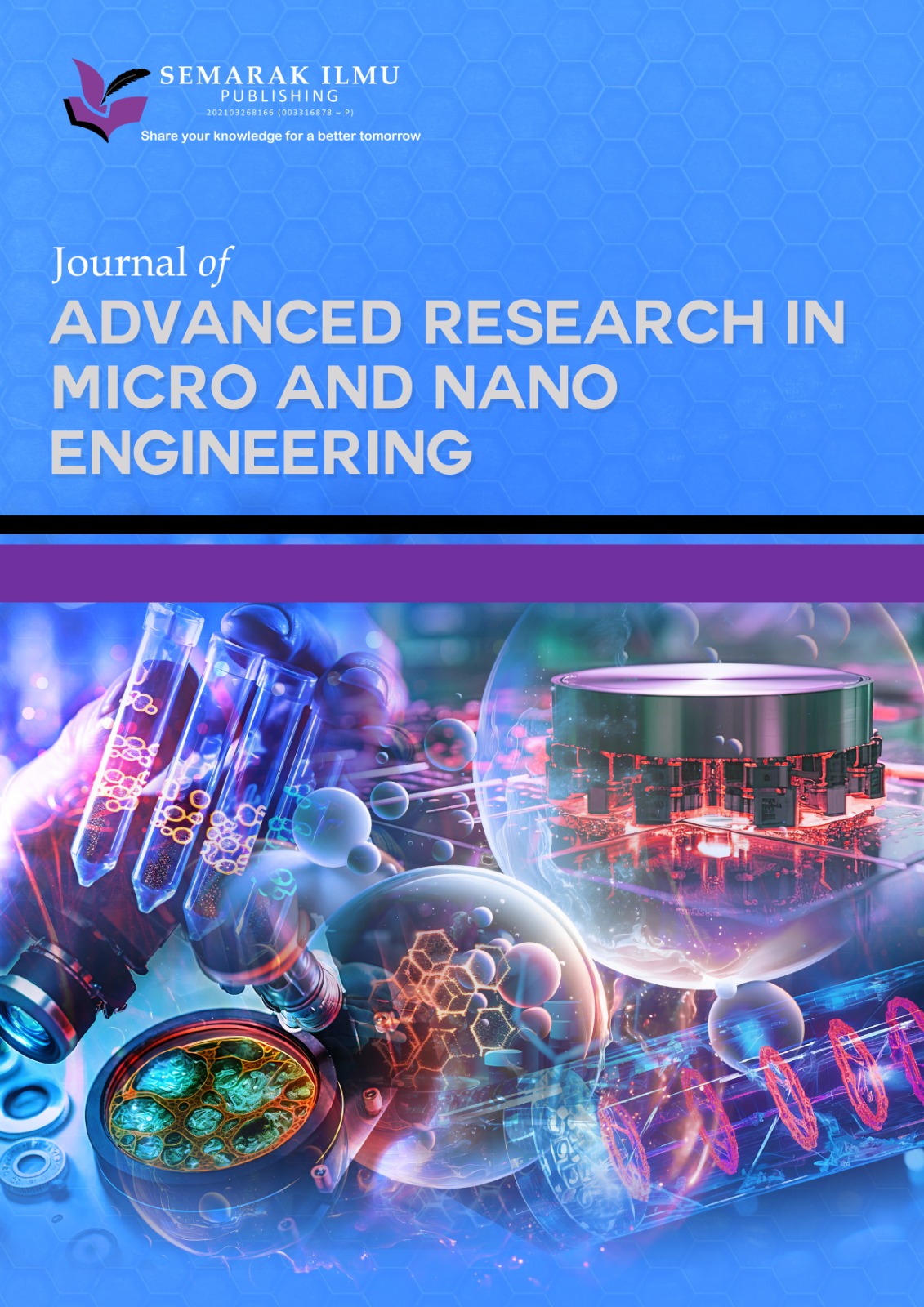Advancements in Telehealth: Enhancing Breast Cancer Detection and Health Automation through Smart Integration of IoT and CNN Deep Learning in Residential and Healthcare Settings
DOI:
https://doi.org/10.37934/araset.45.2.214226Keywords:
Internet of Things, Machine learning, Breast cancer detection, Deep learningAbstract
The rapid evolution of telehealth, or telemedicine, has spurred crucial technological advancements aimed at addressing the early stages of complex cancer conditions, where conventional diagnostic methods face challenges. This research introduces a cancer detection system that utilizes Internet of Things (IoT)-based patient records and machine learning. The primary objective is to automate real-time breast cancer monitoring and detection in residential institutions and smart hospitals, thus enhancing the delivery of quality cancer healthcare. Background: Traditional diagnostic methods, particularly physical inspection, exhibit inherent limitations in identifying breast cancer at early stages. This research responds to this challenge by leveraging innovative technologies, such as IoT and deep learning-based techniques, to overcome the constraints of conventional approaches. Objective: The primary goal of this study is to develop and implement a cancer detection system that integrates IoT-based patient records and machine learning for real-time breast cancer monitoring in residential and healthcare settings. Method: The research employs a synergistic combination of IoT technology for collecting images of residential users and Convolutional Neural Network (CNN), a deep learning technique, for early cancer prediction. The focus lies on contributing to the overall well-being of individuals who may unknowingly be living with cancer. Result: Simulated outcomes after 25 epochs are presented, emphasizing the training accuracy of the model and its validation accuracy using the proposed VGG16 classifier. Graphical representations of the results indicate consistent performance metrics, with both validation and training accuracy exceeding 99%. Specifically, the training accuracy measures at an impressive 99.64%, while the validation accuracy stands at 99.12%. Main Findings: The study demonstrates the effectiveness of the integrated IoT and deep learning techniques in achieving high accuracy rates for early breast cancer prediction. The findings affirm the potential of this approach to assist dermatologists in identifying breast malignancies at treatable stages. Conclusion: This research establishes a foundational framework for the integration of IoT and deep learning techniques, presenting a promising avenue for advancing early cancer detection in smart healthcare systems. The proposed cancer detection system holds significant potential for improving healthcare outcomes and contributing to the overall well-being of individuals at risk of breast cancer.





